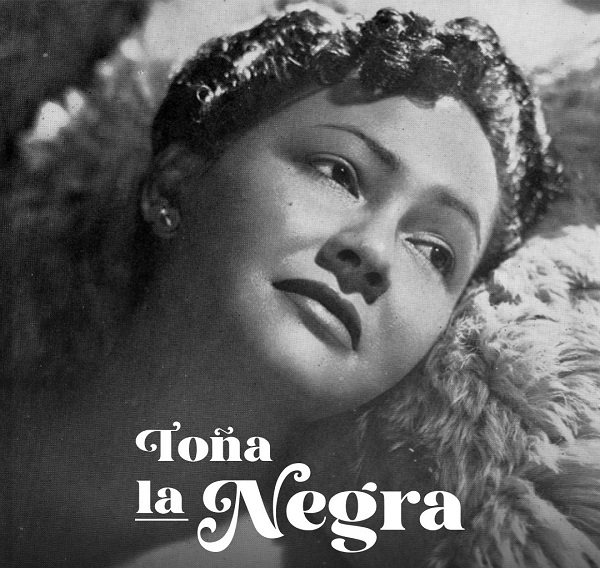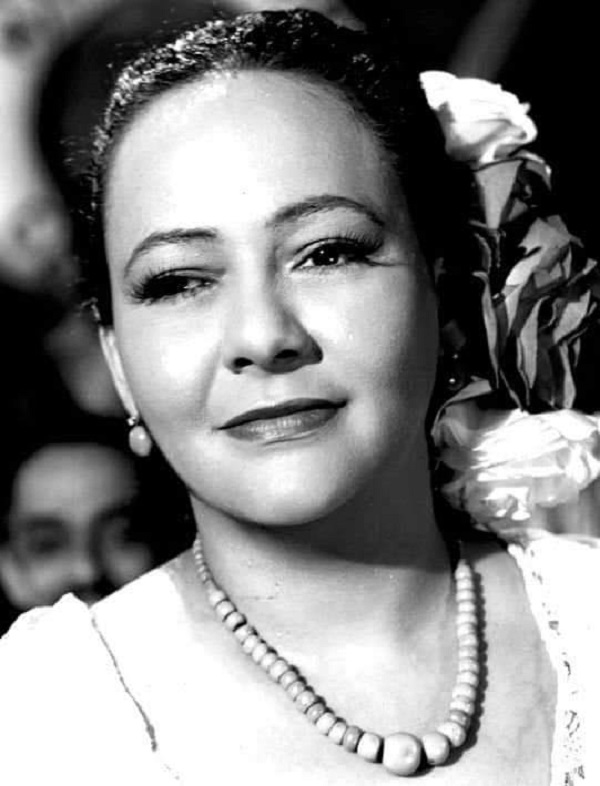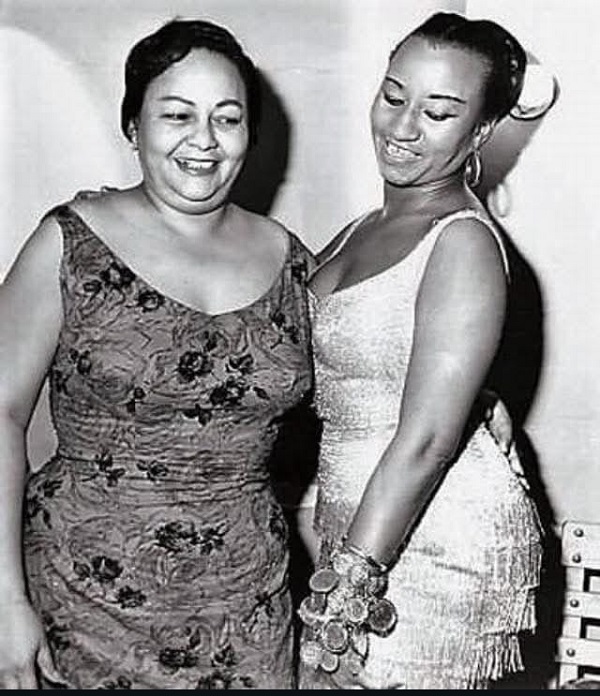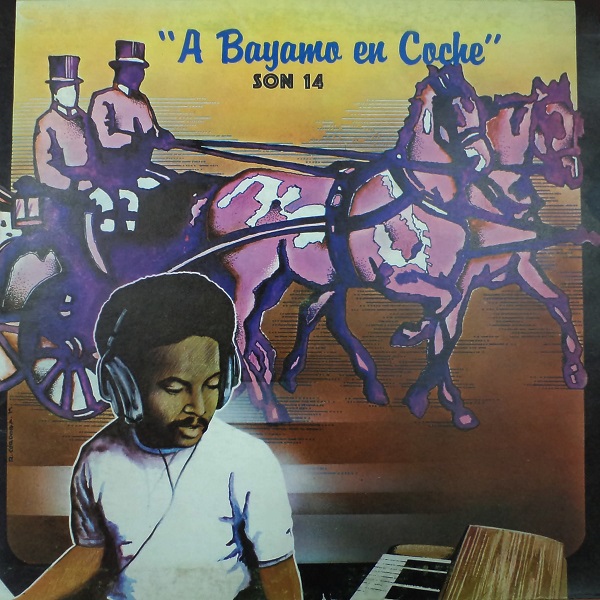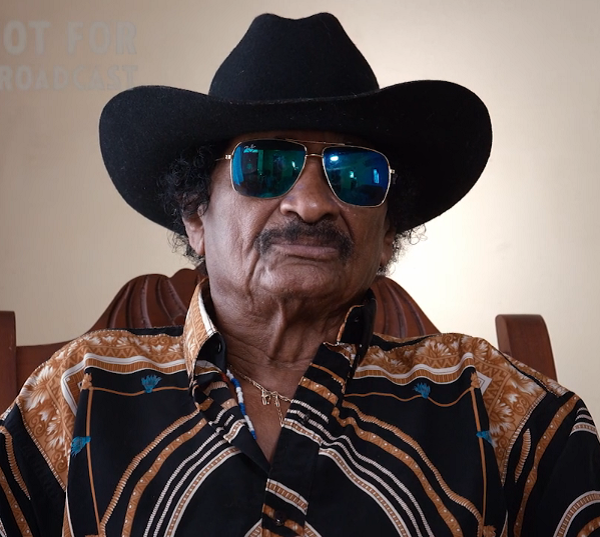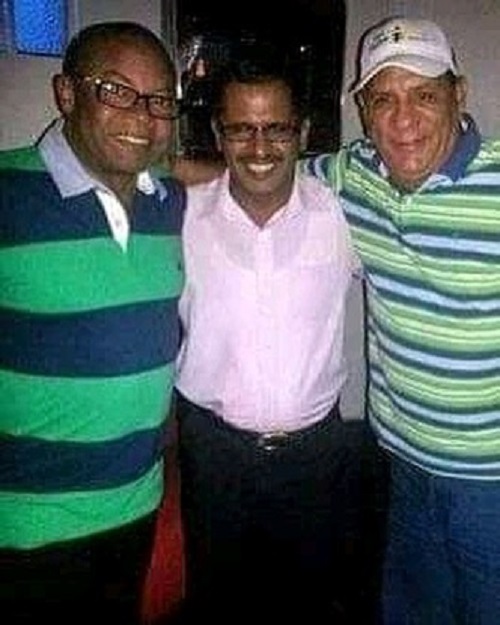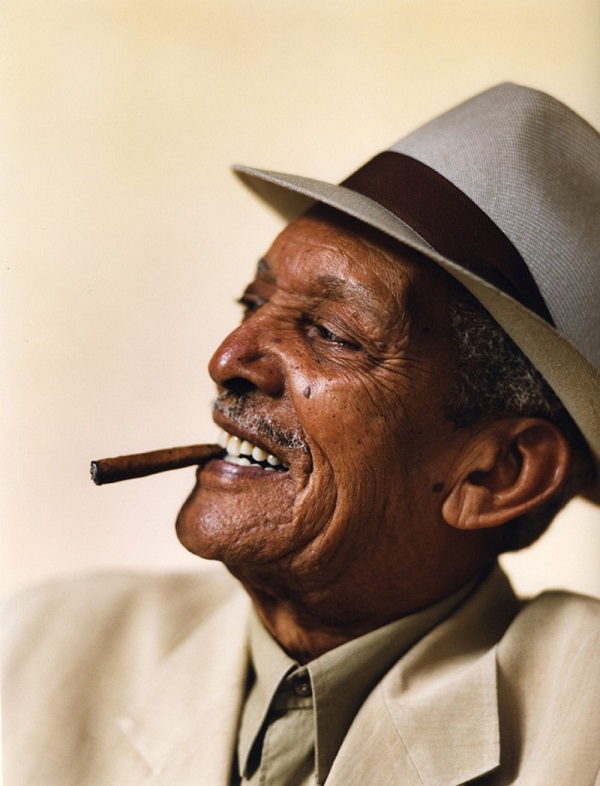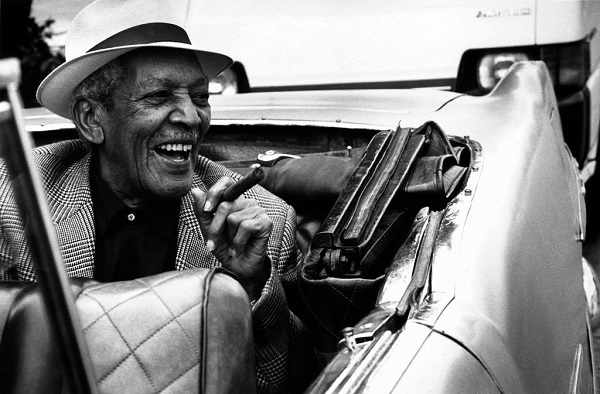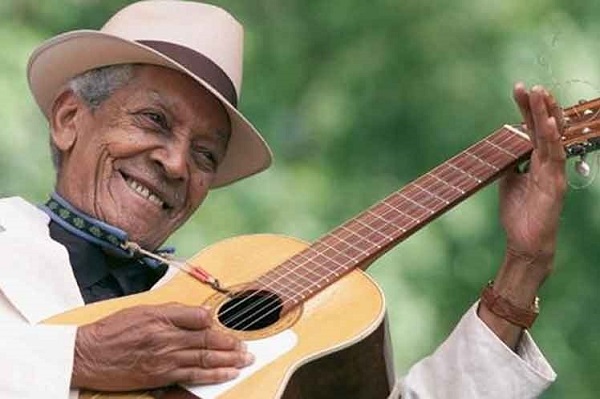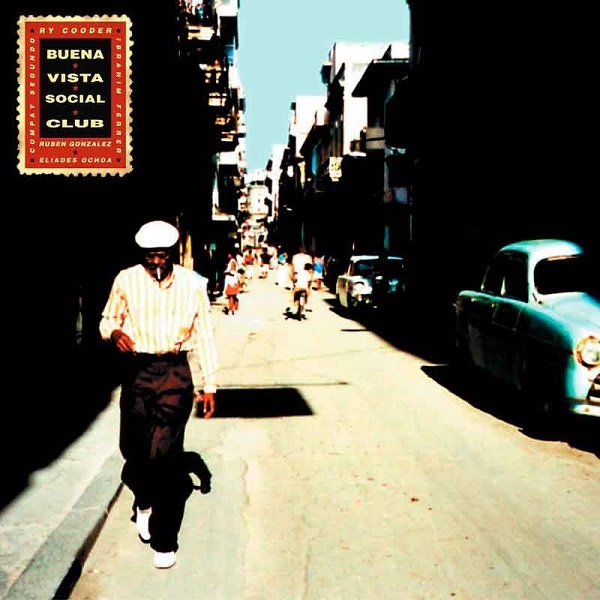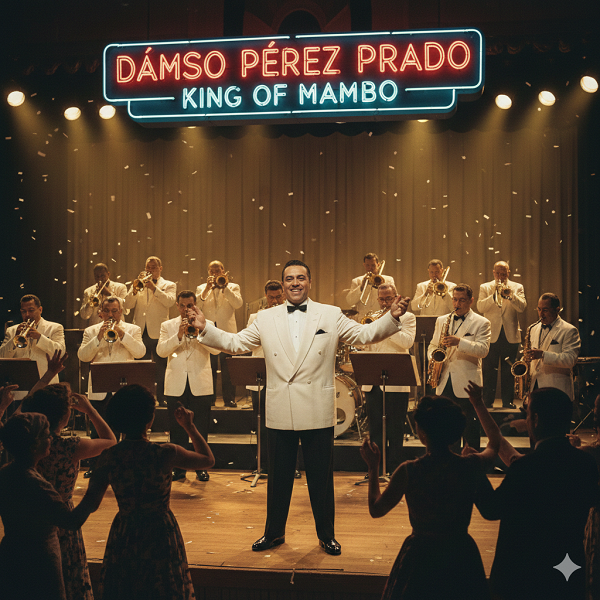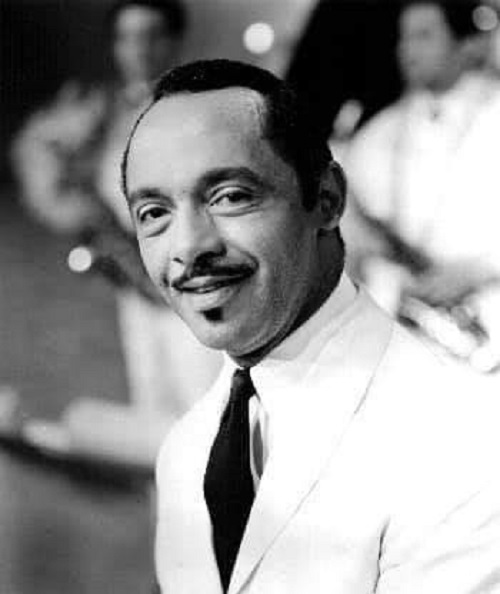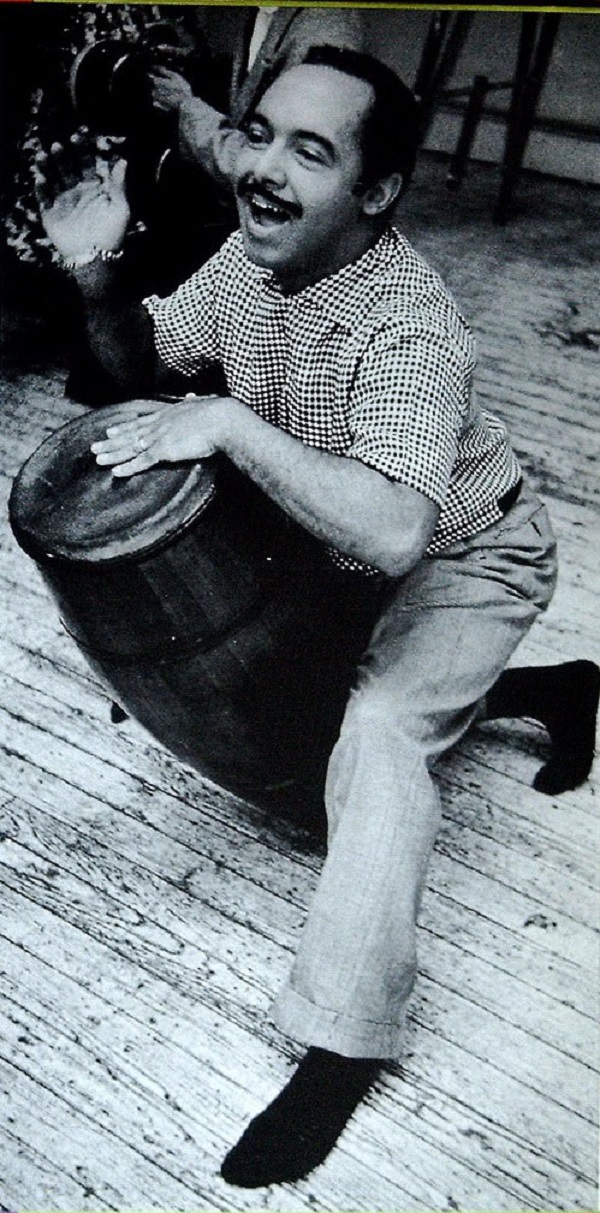Latin America / Puerto Rico / Puerto Rico

“There’s a wide variety of artists, singers, and famous orchestras in different parts of the world, but that doesn’t mean you can’t discover new artists who have the motivation and desire to boost their musical talent. Here, we have as our guest Eduardo Herrera, a salsa and ballad singer.
Eduardo is the son of Puerto Rican parents, raised in New York with a ‘boricua sazón’ (Puerto Rican flavor/style). From a very young age, he fell in love with music, and over time, he gained many musical experiences in different genres with Latin nuances and foreign fusions.
He mentions that when he was younger, he participated in youth choirs on stages and attended concerts of great artists, learning the lyrics of urban music. As time passed, he captivated the perfect school that shaped his unique style; it includes spiritual music, Latin rhythms, and the influence of American styles without abandoning his Puerto Rican roots. He also mentions that he had the opportunity to share and collaborate with very famous artists who influenced him with their exceptional style and talent, even to this day.
Eduardo Herrera comments that his music is a collection of life experiences that many people identify with. It has no age or time; it has ‘sazón,’ Caribbean rhythm, and soulfulness.
When you hear the melody, you fall in love; when you pay attention to the lyrics, you are captivated; when you listen to it again, you turn it into something that identifies you, regardless of your age, race, condition, or gender.
It simply identifies what no one else sees or knows in or about you. In fact, his songs tell stories; they tell your life, his, and mine. Each story on a bus or train in New York, each event in family life or with a stranger, the stories of the fans, among others.”
“Eduardo Herrera comments that his music is a collection of life experiences that many people identify with. It has no age or time; it has ‘sazón,’ Caribbean rhythm, and soulfulness.
When you hear the melody, you fall in love; when you pay attention to the lyrics, you are captivated; when you listen to it again, you turn it into something that identifies you, regardless of your age, race, condition, or gender. It simply identifies what no one else sees or knows in or about you. In fact, his songs tell stories; they tell your life, his, and mine. Each story on a bus or train in New York, each event in family life or with a stranger, the stories of the fans, among others.

In the course of his life, he mentions that it was a transition as he went through many positive and negative life experiences, which allowed him to gain different meanings for the emotions he felt, whether real or false. All these experiences helped him help others, such as in personal growth.
In ‘Salsa‘ and ‘Balada,’ he has found his perfect space to express what he carries in his life’s baggage. Hoping that many couples will have a happy life to the rhythm of his music. Eduardo told us, ‘To achieve that emotional catharsis that lifts you up from any tragedy, it is necessary to LOVE YOURSELF BEFORE LOVING SOMEONE.’ So remember that when you listen to Eduardo Herrera’s music: ‘LOVE YOURSELF BEFORE LOVING SOMEONE.’
Recognizing the value of an individual and appreciating their abilities while learning from mistakes, that is what defines every song you will hear from Eduardo. The message will arrive; it’s up to you for the outcome to be happy. Because you learn from the difficulties in the process, the final result depends on how you handle the ‘tests’ to qualify yourself in feelings for the life you choose to live.
If you wish to know more about him:
- Facebook: https://www.facebook.com/eduardoherrerasalsa
- Instagram: eduardoherrerasalsa
- Email: [email protected]
- Phone: 787 399 5064
